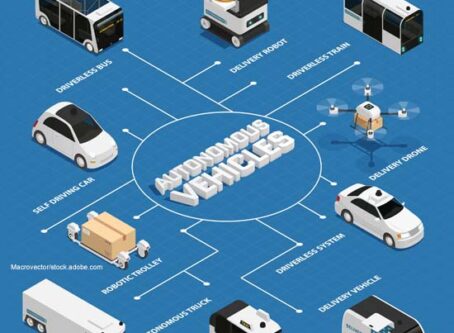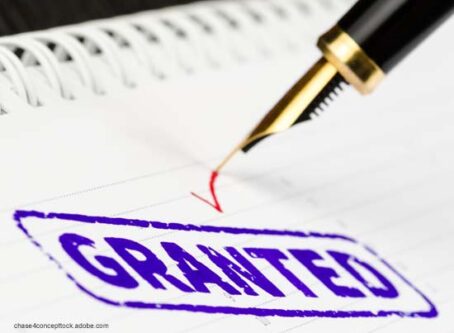Congestion easing on roadways as more Americans stay home, ATRI says
As more states issue orders urging residents to stay home amid the COVID-19 pandemic, truckers are benefiting from a lack of congestion on highways.
According to data from the American Transportation Research Institute, some of America’s worst bottlenecks and more gridlocked roadways have loosened as people practice social distancing and shelter in place.
Using the same real-time GPS data from more than a million trucks that it uses to compile its annual list of worst bottlenecks, ATRI president and COO Rebecca Brewster says the organization is seeing “an unprecedented level of truck movement.”
“Not only are trucks continuing to move, but they are doing so at speeds well in excess of normal traffic patterns,” Brewster said in a March 24 news release.
According to ATRI’s data, Atlanta’s infamous Spaghetti Junction at the intersection of Interstates 85 and 285 saw average afternoon rush hour truck speeds of 53 mph. That’s nearly a 40 mph increase over the usual average of 15 mph due to congestion.
“Spaghetti Junction is typical of what we’ve seen across the country, especially in areas hit hard by the virus and subject to quarantines and lockdowns,” Brewster said. “As other traffic dissipates, trucks continue to move, delivering much-needed relief supplies to markets, hospitals, gas stations and other essential businesses.”
ATRI’s data shows a similar trend in easing congestion among New York, California and Illinois – three states hit hardest by the novel coronavirus outbreak.
Decreasing congestion nationwide
In New York, along I-495 in Queens, the afternoon rush hour typically sees average truck speeds of 16 mph. Speeds have now more than doubled, averaging 38 mph.
In Los Angeles, at the intersection of I-710 and I-105, truck speeds during highly congested morning rush hours are normally less than 25 mph between the hours of 6 and 8 a.m. Truck speeds are now averaging 53 mph in the morning as Californians stay home but truck deliveries increase.
At the Byrne Interchange in Chicago, where I-290 intersects with I-90/I-94, morning truck speeds are now averaging 43 mph, more than twice the typical morning rush hour speed of 20 mph.
ATRI’s analysis says several COVID-19 related factors are driving down the amount of congestion. Chief among the factors is the dramatic reduction in commuter traffic.
ATRI’s release also states that “continuous 24/7 truck operations” are generating higher average truck speeds across nearly all hours of the day, as drivers respond to the demands to keep delivering goods and supplies during the national emergency.
Also from ATRI, traffic congestion on U.S. highways inflicts billions of dollars worth of operational costs on the trucking industry.









